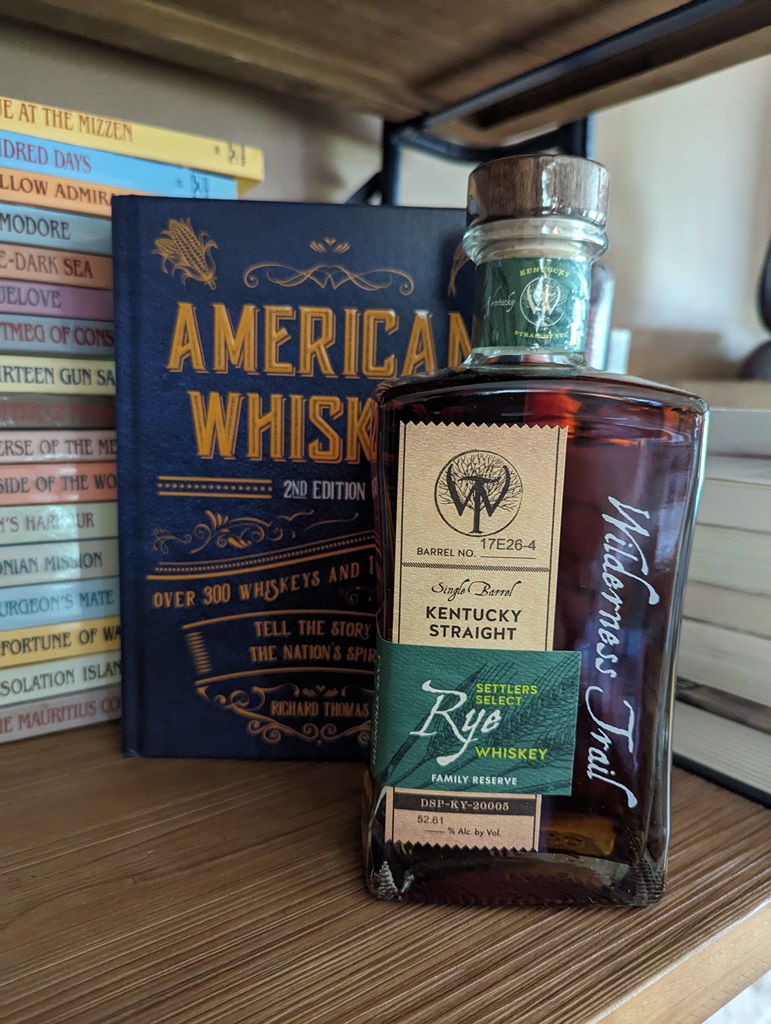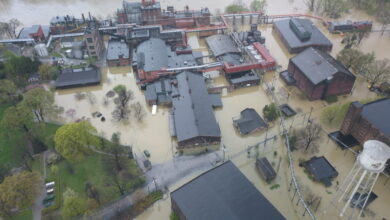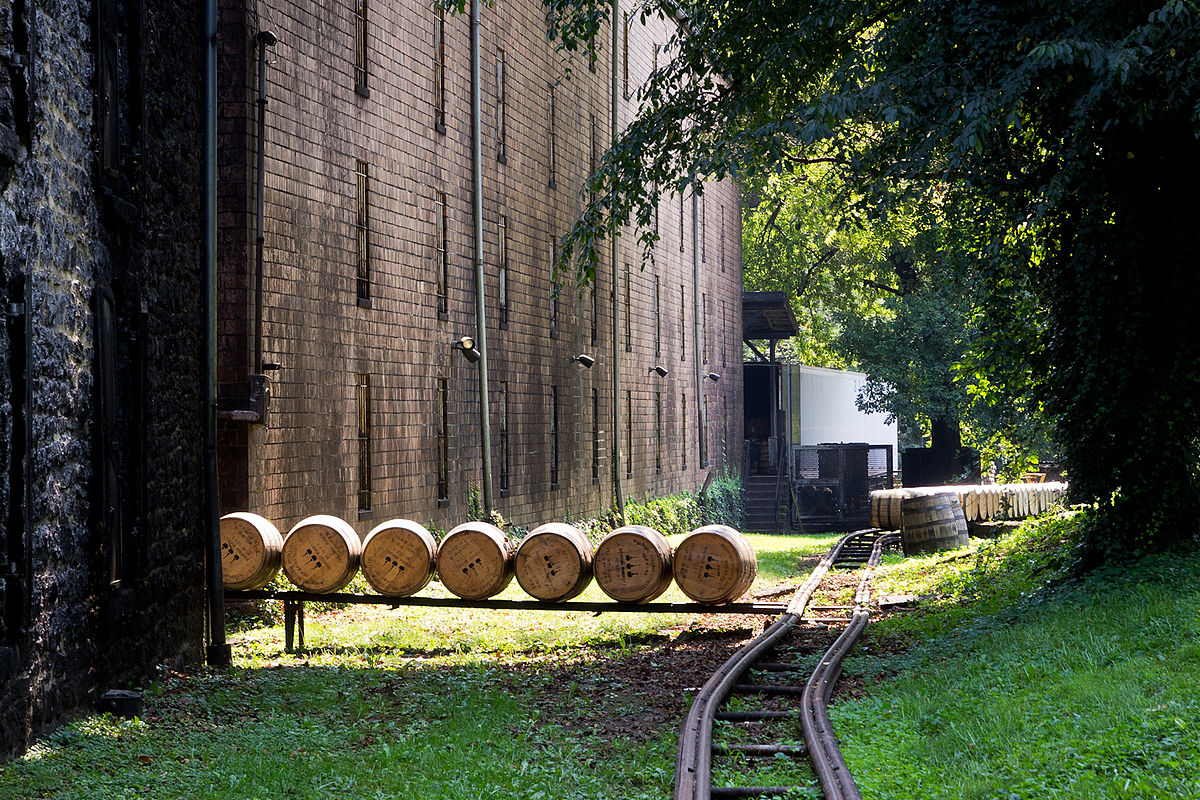By Father John Rayls
With apologies to William Shakespeare, whose side are you on? Passion and drama sells products, and in whiskey nerd circles, the facts really don’t matter so much when passion and drama enter the issue. Just choose a side and argue the points loudly, and if you don’t happen to know the facts, feel free to contribute to the fog.
And one such hot button topic is chill filtration. Make no mistake, this war of words war is about more than just hot air. Behind that, it’s all about the all-mighty dollar, or your whiskey dollars to be more specific.
Chill filtration is a process where things like fats, oils and proteins are removed from the whiskey before bottling.* Initially, the whiskey is cooled to a temperature between -4 and -10 degrees Centigrade (25 and 14 F). The ice cold liquid is then passed through a filter (the type used varies) to collect these impurities. The process is used by whiskey-makers to prevent any kind of haze forming in their products when it’s chilled or mixed with water and/or ice prior to consumption.
The result is a consistent liquid that, in theory, looks like what you see in the advertising, and there is a point to that. I have to admit that I had concerns the first time the clouds showed up in my drink when I added ice.
The first interesting note about the merits chill filtration is that the cloudiness only noticeably affects whiskey bottled at 86 proof or less. This division creates a perfect battle ground for marketing departments to hype their process, regardless of what it is. If a whiskey fan’s favorite brand uses a chill-filtration system, that person might argue vehemently that purity of our liquid gold is a very good thing and it doesn’t affect the taste. On the other hand, a different type of purist might argue leaving those impurities in the whiskey must be better than artificial filtration.
The back and forth reminds me of my whiskey interpretation of the Kate Davis version of “It’s All About The Bass“. Instead, I’m all about the taste, about the taste no trouble. You know my Momma she told me please worry about the taste…
Adding to this are the competing marketing strategies employed, where some obfuscation is standard. It ties right in with the old cliche: if you can’t dazzle ’em with brilliance, baffle ’em with BS. That is exactly what’s occurring at this moment in an effort to capture your heart and taste buds.
It’s absolutely true that the appearance of any given whiskey will affect any consumer in somewhat unpredictable ways, and unpredictability is not a marketer’s friend. At the same time, the idea of something more genuine because it is unfiltered almost sells itself. As a result, various distilleries are out trying to prove that their methodologies are the best.
Horst Luning wrote about a blind study a year back involving 111 German whisky connoisseurs who were allowed to sample various tastings of both chill-filtered and non chill-filtered of the same whiskies. It was statistically demonstrated by these professional, experienced whiskey experts that the two approaches are very nearly indistinguishable for each other. For the rest of us enthusiastic consumers, it is virtually impossible to tell the difference in taste. That is what the statistics and science say, but none of that stops us from choosing sides and arguing to the best of our abilities.
I drink my whisky neat almost exclusively, a choice that usually precludes me from experiencing the cloudiness in my drink. I also tend to drink mostly 90 proof and up, which also prevents any haze from forming on those occasions when I do use ice. The chill filtration issue itself doesn’t affect me, but I can’t avoid the arguments over it all the same.
However, if you favor whiskies in the 86 proof range or less (and plenty of them are in that range) and prefer your whisky chilled, iced or mixed with water, you may want to begin thinking about the facts of your preferences. It won’t affect the taste of your favorite whiskey noticeably, but it probably will affect the appearance somewhat, and that is all. Cloudy or clear, whiskey-drinking is a very personal experience. Don’t let the fog get in the way of that.
* Editor’s Note: Interestingly, George Dickel also uses chill filtration, but they filter their new make as an extra step in their own version of the Lincoln County Process, before it even goes in the barrel.




